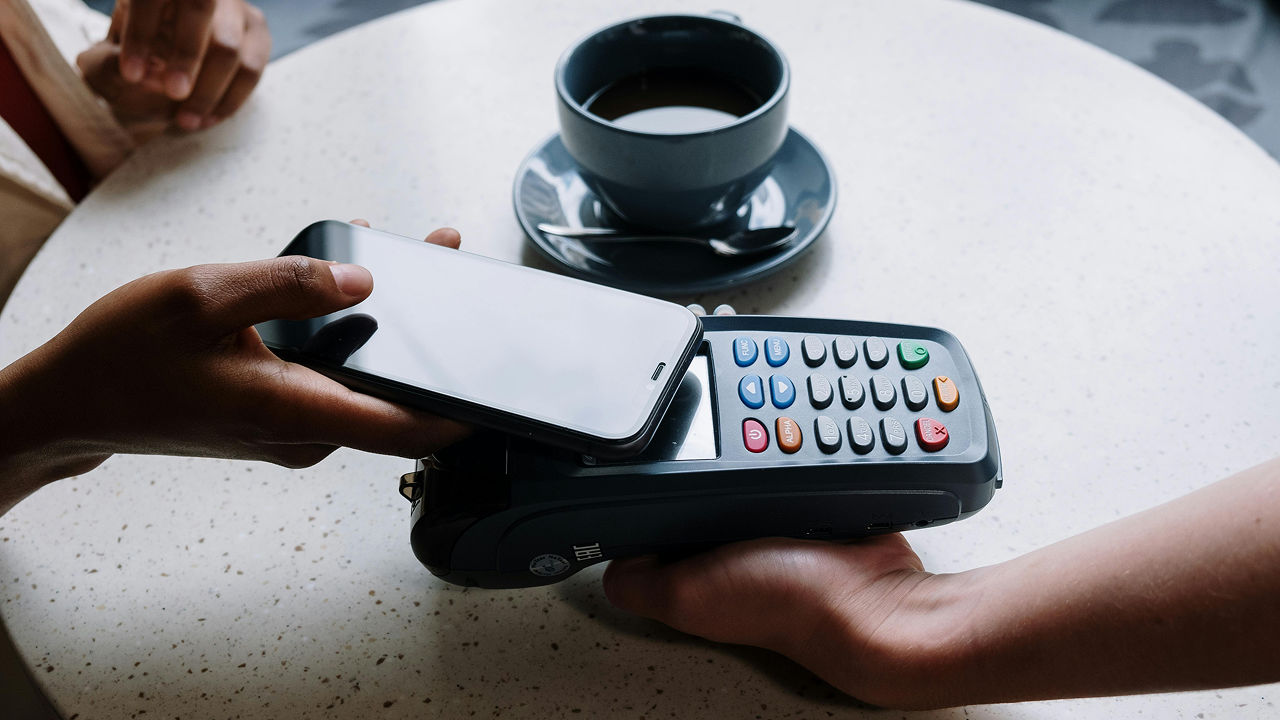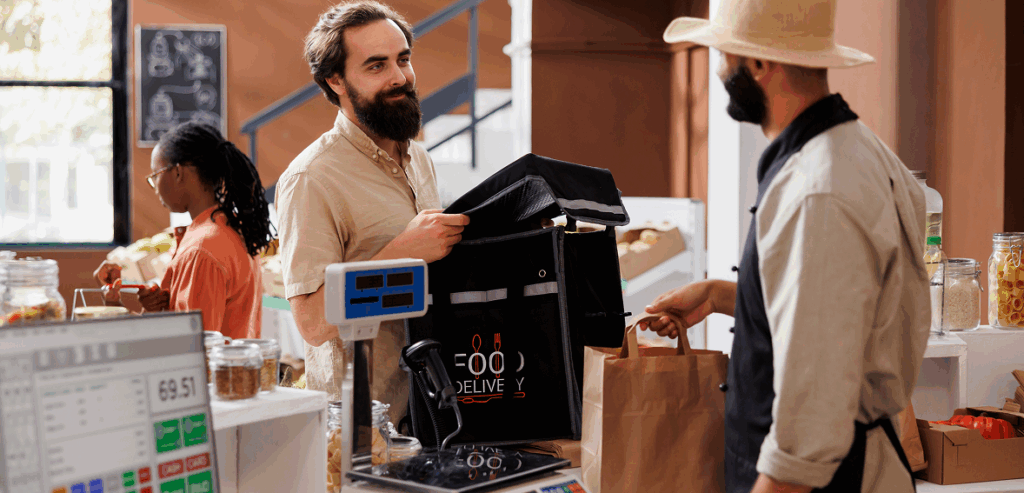
By alphacardprocess May 2, 2025
Retail businesses today have more choices than ever when it comes to accepting payments. From traditional point-of-sale (POS) systems to smartphone-powered mobile payment solutions, merchants can pick the setup that best fits their store layout, customer expectations, and growth plans. The challenge lies in understanding the differences and evaluating which approach supports long-term success.
Choosing between a POS system and mobile payment options is not just about technology. It is about how your business runs day to day, how you manage customer interactions, and how you want to grow. Each method has strengths and limitations depending on the type of store, transaction volume, and user preferences.
Understanding Traditional POS Systems
POS systems have long been the backbone of retail transactions. These setups typically include hardware such as a cash register, barcode scanner, receipt printer, and a terminal for processing cards. They are often tied to software that tracks inventory, sales, and customer data.
Modern POS systems are far more than cash registers. They are digital hubs for running a store efficiently. They can handle inventory management, employee scheduling, customer loyalty programs, and detailed sales reporting.
When POS Systems Make the Most Sense

For businesses with a physical storefront, large inventories, or high transaction volumes, a traditional POS system provides structure and control. Grocery stores, clothing boutiques, and restaurants benefit from systems that are built to handle complex needs.
If you require multiple checkout stations or need robust reporting, a full-featured POS system is often the better choice. It integrates easily with other software such as accounting platforms or e-commerce sites, giving you a complete view of your operations.
POS systems also give employees the tools they need to operate efficiently. Sales staff can look up items, apply discounts, and accept various payment methods all from one device.
Exploring Mobile Payment Solutions
Mobile payments refer to systems that allow businesses to accept transactions through smartphones or tablets. These typically involve a card reader connected to a mobile device, often using an app to process payments and track sales.
These setups are portable, easy to use, and generally lower in cost. They are popular among small businesses, food trucks, pop-up shops, and service providers who need to accept payments on the go.
Mobile payment solutions are ideal for businesses that do not require a full POS terminal or that want a more flexible, lightweight setup.
The Benefits of Going Mobile
One of the biggest advantages of mobile payments is mobility. Whether you are selling at a street fair, delivering products to a customer’s home, or working from a co-working space, mobile systems let you take your checkout process with you.
The startup cost is also minimal. Many providers offer free or low-cost card readers and charge only a small transaction fee. This makes mobile payments an accessible option for new businesses or sole proprietors.
Mobile payment systems often come with apps that track sales, issue digital receipts, and manage simple customer records. While they may not offer the full functionality of a POS system, they provide enough tools to run a lean operation.
Comparing Core Features and Capabilities
When evaluating which system is right for your store, consider the main features each solution offers. Think about your daily needs, your customer base, and how you want to grow over time.
Inventory Management
POS systems typically include built-in inventory tracking. You can monitor stock levels, set low-inventory alerts, and even automate reordering. This is valuable for stores with a large or frequently changing product selection.
Mobile payment solutions may offer basic inventory features through their apps, but they are limited in scope. If inventory is central to your business operations, a POS system may serve you better.
Customer Relationship Management
Many POS systems include tools for customer profiles, loyalty programs, and targeted promotions. They help you track purchasing habits and engage with customers more personally.
Mobile payment apps may store customer names and emails for receipts, but they are not designed for deep customer relationship management. If building a customer database is important to you, POS systems have the edge.
Reporting and Analytics
POS systems excel in generating detailed sales reports. You can track revenue by item, employee, or time of day. These insights help make informed decisions about staffing, product placement, and pricing.
Mobile payment platforms offer basic reporting, usually accessible through a mobile dashboard. While adequate for simple businesses, they may lack the level of detail needed to plan for growth.
Transaction Speed and Flexibility
Both systems offer fast transaction processing, but POS systems are typically faster at handling complex orders or splitting payments. They also accept a wider variety of payment methods, including chip cards, contactless cards, digital wallets, and gift cards.
Mobile payment solutions support most major card types and contactless payments, which is often enough for smaller retailers or service providers. However, if you need a more flexible checkout flow, POS systems offer more options.
Cost Considerations
Cost is often a deciding factor for small business owners. POS systems generally involve a higher upfront investment for hardware and software, plus potential monthly subscription fees. Maintenance, upgrades, and employee training can also add to the overall cost.
Mobile payment systems are more budget-friendly. Card readers are inexpensive or free, and there are usually no monthly fees. You pay a small percentage per transaction, which makes it easy to manage as your business grows.
Consider the total cost of ownership when making your decision. While mobile payments have a lower entry cost, POS systems offer more value if you need their advanced capabilities.
Security and Compliance
Security is critical when handling customer payments. Both POS systems and mobile payments must comply with Payment Card Industry Data Security Standards (PCI DSS).
POS systems often have more built-in features for fraud prevention and data encryption. Many come with physical protections such as secure PIN entry or encrypted chip readers.
Mobile payment providers also use encryption and tokenization to protect customer data. As long as you are using a reputable provider, mobile payments can be just as secure as traditional systems. Still, it is essential to keep software updated and follow best practices.
Ease of Use and Training
Mobile payment solutions are generally easier to set up and require less training. Staff can be up and running in minutes, and the interfaces are often designed for quick learning.
POS systems, while more powerful, can take longer to set up and require more training for employees. However, once mastered, they streamline operations and provide a more structured checkout process.
Your choice depends on how complex your operations are and how many people will be using the system.
Scalability and Long-Term Needs

Mobile payment systems are perfect for solo entrepreneurs or small teams. But as your business grows, you may find yourself needing the additional features and integration that only a POS system can provide.
If you anticipate expanding to multiple locations, increasing your product offerings, or hiring staff, investing in a scalable POS system early on can prevent growing pains later.
On the other hand, if your business is focused on flexibility and mobility, and you expect to stay small and nimble, mobile payments may be all you need.
Final Thoughts on Choosing the Right System
There is no one-size-fits-all solution. The best choice depends on your business size, industry, customer base, and long-term goals. Some businesses even benefit from using both systems together. For example, a brick-and-mortar store may use a traditional POS system at checkout and mobile payments for deliveries or outdoor events. When choosing between POS systems and mobile payments, prioritize what matters most to your operations. Think about speed, accuracy, customer engagement, and ease of use. Also, review pricing, support, and integration with other tools you already use.
Both options are designed to help you serve your customers and grow your business. By taking the time to understand how each system works and what it offers, you can make an informed choice that supports both short-term efficiency and long-term success.